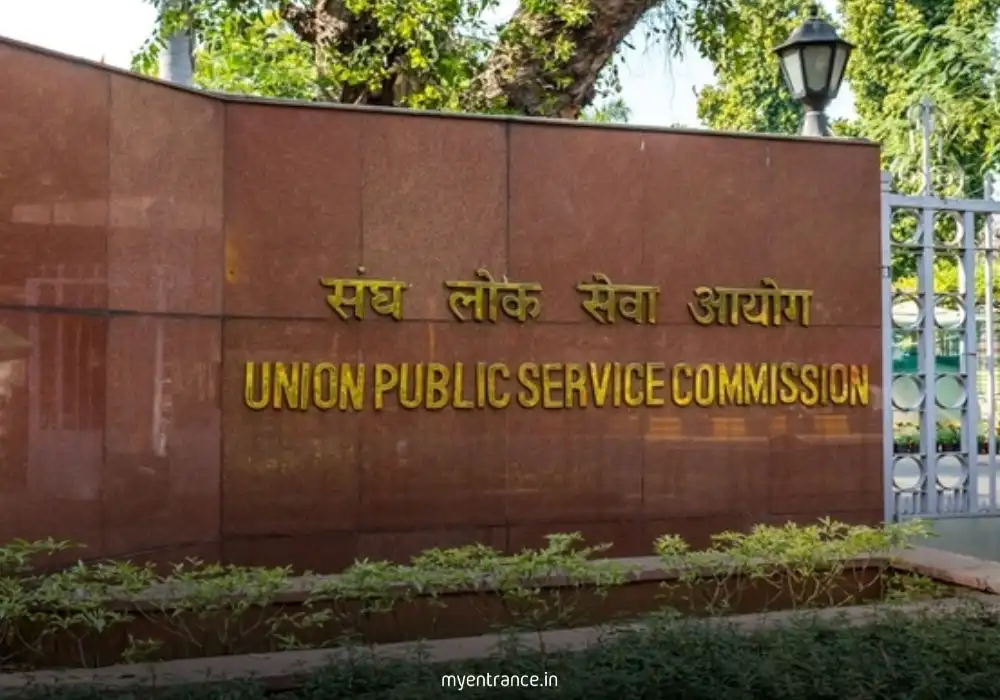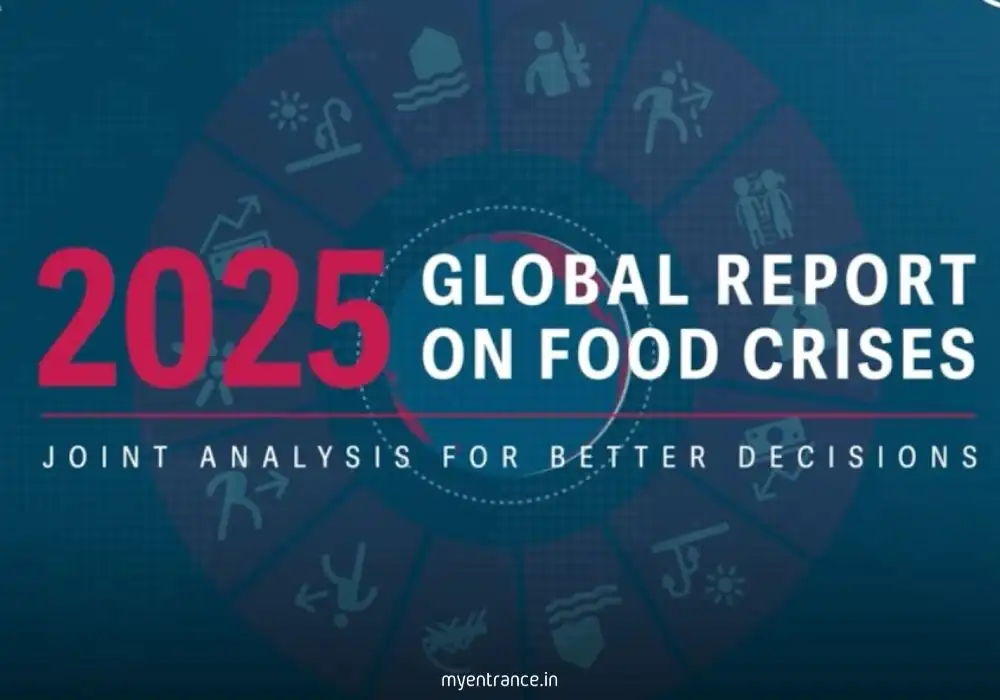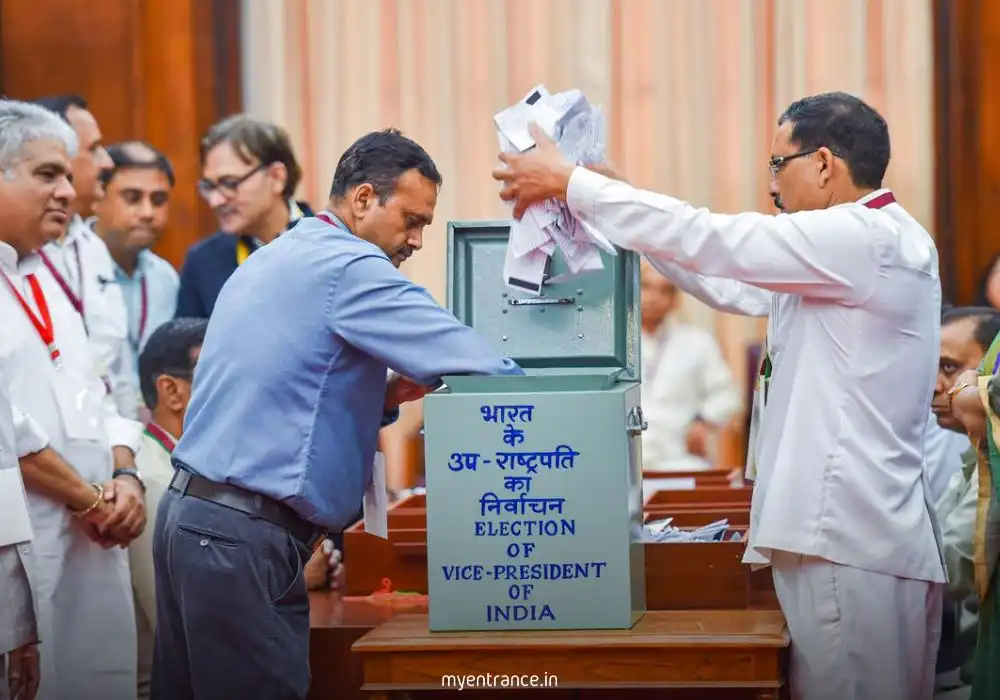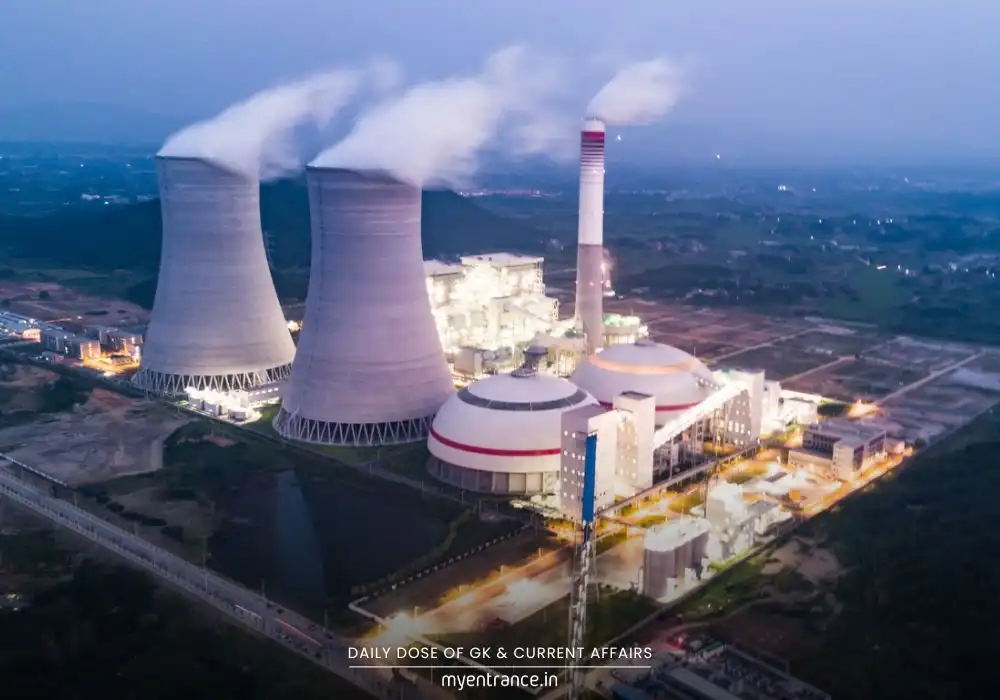Translate Language
Carbon Border Tax: BRICS Nations Cry Foul Over EU’s “Green Imperialism”
The EU’s Carbon Border Adjustment Mechanism (CBAM) has ignited a global firestorm. BRICS nations—India, China, Brazil, Russia, and South Africa—condemn it as disguised protectionism threatening their economic growth. Far from fixing climate change, this tax risks fracturing international cooperation.

The Core Conflict: Climate Tool or Trade Barrier?
The EU pitches CBAM as a shield against “carbon leakage”—where industries flee to regions with weaker climate rules. But let’s be clear: this is a tariff on carbon-heavy imports like steel, cement, and aluminium. Starting in 2026, non-EU exporters must buy emissions certificates priced at €60–90/tonne, matching what EU firms pay under their Emissions Trading System (ETS). While wrapped in green rhetoric, it functions as a trade barrier that could cripple emerging economies.
Why BRICS Nations Are Furious
BRICS (41% of global population, 40% of global GDP) argues CBAM violates climate equity:
It ignores the “Common But Differentiated Responsibilities” (CBDR) principle of the Paris Agreement, which holds wealthy nations accountable for historic emissions.
Developing economies are penalized for industrializing now, despite having minimal per-capita emissions compared to the West.
India’s Union Minister Piyush Goyal has threatened WTO retaliation, citing projected steel export losses of $551M by 2034.
India’s Vulnerability
Steel: 23.5% of India’s steel exports ($3B) go to the EU. CBAM could erase margins.
Aluminium: Indian producers emit 20 tonnes of CO₂ per tonne of aluminium vs. the EU’s 6.5–7 tonnes.
Domestic Efforts Ignored: India’s own carbon policies (PAT scheme, Renewable Energy Certificates) get zero recognition under CBAM.
The “Carbon Colonialism” Accusation
BRICS environment ministers label CBAM “green imperialism.” External Affairs Minister S. Jaishankar calls it “unacceptable”—a coercive tool stifling growth in the Global South. The bitter truth? Nations that industrialized on fossil fuels for 200+ years are now taxing latecomers for the same development path.
Why CBAM Fails as Climate Policy
No Global Emission Reduction: It merely shifts production—and pollution—to poorer nations.
Undermines Sovereign Efforts: Countries like India are pushed to adopt EU rules instead of homegrown solutions.
Blocks Climate Solidarity: Punitive tariffs fracture trust needed for global cooperation.
India’s Path Forward: Retaliate or Reinvent?
India faces a dual challenge:
Short-term: Explore WTO disputes or counter-tariffs to protect exporters.
Long-term: Invest in green tech (e.g., green hydrogen for steel, reducing emissions by 60–70% by 2040).
But this demands time, funding, and tech transfers—not penalties. True climate justice requires the Global North to:
Finance green transitions in developing economies.
Honor historical responsibility.
Ditch unilateral measures for inclusive dialogue.
The Bigger Picture
CBAM exposes a deep rift: the Global North’s climate policing vs. the Global South’s right to develop. Unless the EU heeds these concerns, CBAM will fuel trade wars—not save the planet. For aspirants tackling UPSC or KAS exams, this is a critical case study in climate justice, equitable growth, and multipolar diplomacy.
Key Takeaway: Global warming needs cooperation, not carbon tariffs. India must rally BRICS and the U.S. to negotiate fairer rules—because climate action shouldn’t mean surrendering economic sovereignty.
Get 3 Months Free Access for SSC, PSC, NIFT & NID
Boost your exam prep!
Use offer code WELCOME28 to get 3 months free subscription. Start preparing today!















